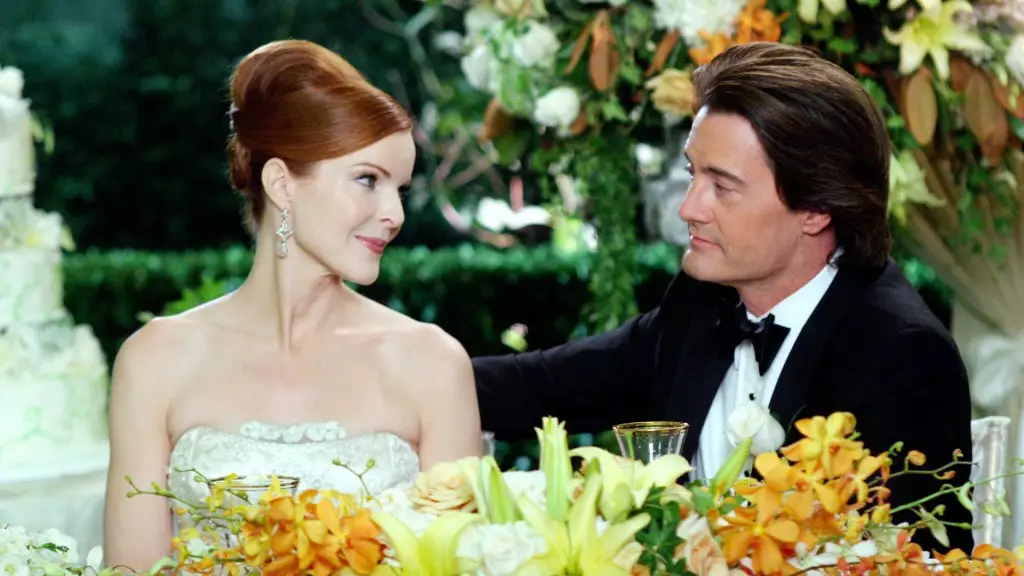The prospect of returning to the iconic setting of Wisteria Lane excites many, yet it raises critical questions about the delicate balance between nostalgia and innovation. While fans instinctively crave the familiarity of beloved characters and the quaint allure of the cul-de-sac, creators face the challenge of reinventing the series to stay relevant. The idea of bringing back familiar faces like Kyle MacLachlan as Orson Hodge is not just about attaching well-known actors to existing roles; it’s a strategic move to anchor the reboot in the original series’ emotional core. Nostalgia can be a powerful motivator for viewers, but it must be handled with care to avoid turning the new iteration into a mere homage. Instead, it’s about injecting fresh perspectives and contemporary themes into the beloved setting to resonate with a new generation while satisfying long-time fans.
From Past to Future: Reinventing Characters and Narratives
MacLachlan’s openness to returning or exploring a “completely new” role exemplifies the broader challenge facing reboot creators: respecting legacy characters while allowing space for evolution. The actor’s approach of treating a potential return as a new project underscores the importance of adaptability—viewers want to see characters grow and change, not remain static relics. A successful reboot should honor the original while providing innovative storytelling avenues, possibly by reimagining characters’ trajectories or introducing new conflicts. This approach aligns with what David Lynch achieved in Twin Peaks’ revival, where familiar characters embarked on unexpected journeys, injecting new life into old favorites. The key lies in balancing respect for the past with daring to explore uncharted narrative territory, thus avoiding the trap of mere nostalgia for its own sake.
Dark Humor and Modern Mysteries: Capturing the Essence of Wisteria Lane
The upcoming Wisteria Lane project aims to amplify the original series’ signature blend of dark humor, mystery, and satire. Kerry Washington’s vision of a “fun, sexy, darkly comedic soap/mystery” suggests a desire to heighten the series’ edge without sacrificing its quintessential charm. This shift toward more complex storylines and morally ambiguous characters reflects the evolving tastes of contemporary audiences, who crave layered storytelling that both entertains and provokes thought. The challenge will be in retaining the series’ essence—those secrets behind the idyllic facades—while ensuring the narrative remains compelling, unpredictable, and reflective of modern societal issues. Successfully navigating this terrain could breathe new relevance into a series rooted in the American dream turned nightmare.
The Power of Reinvention and the Future of Wisteria Lane
Ultimately, the success of a Wisteria Lane reboot hinges on more than just returning familiar faces; it relies on crafting a bold vision that respects the original’s legacy while fearlessly pushing boundaries. MacLachlan’s analogy of approaching his role as if it were “something completely new” signals a vital truth for reboot creators: innovation is essential for longevity. The potential of Wisteria Lane lies in its timeless exploration of human secrets, desires, and deception—elements that can be reinterpreted to echo today’s societal realities. If executed thoughtfully, this new chapter could not only rekindle the magic of the past but also forge a fresh path that firmly establishes Wisteria Lane as a dynamic universe adaptable to modern storytelling.

